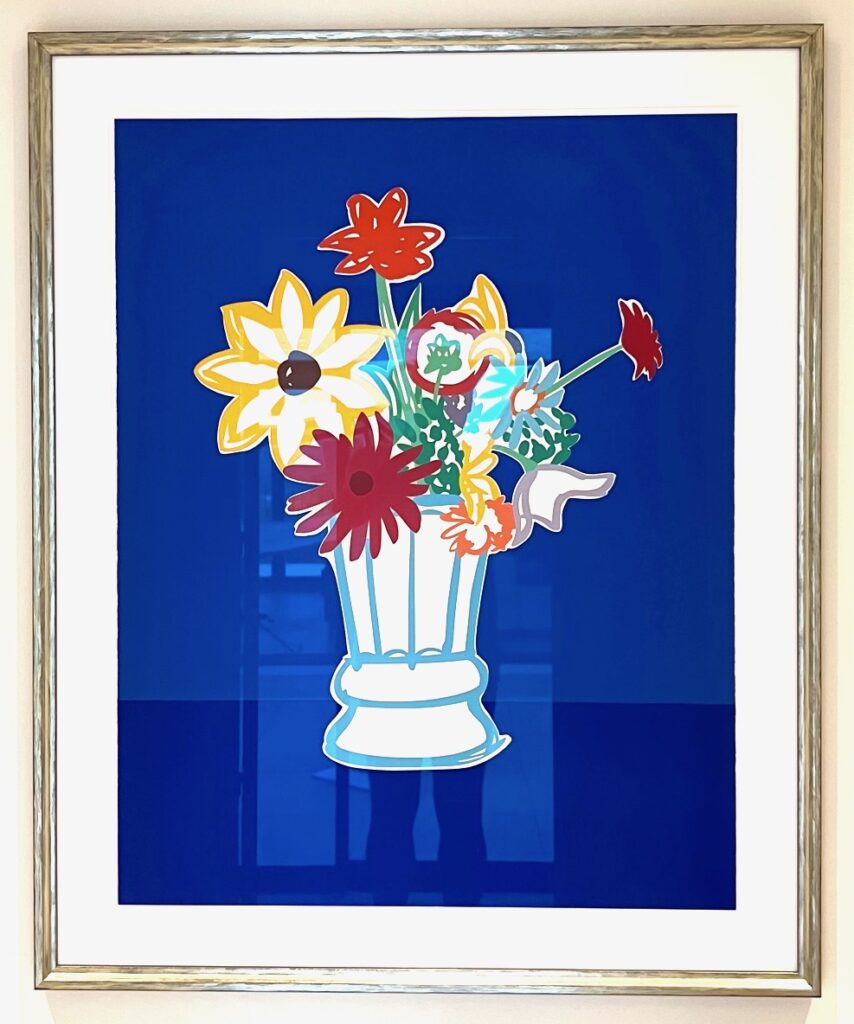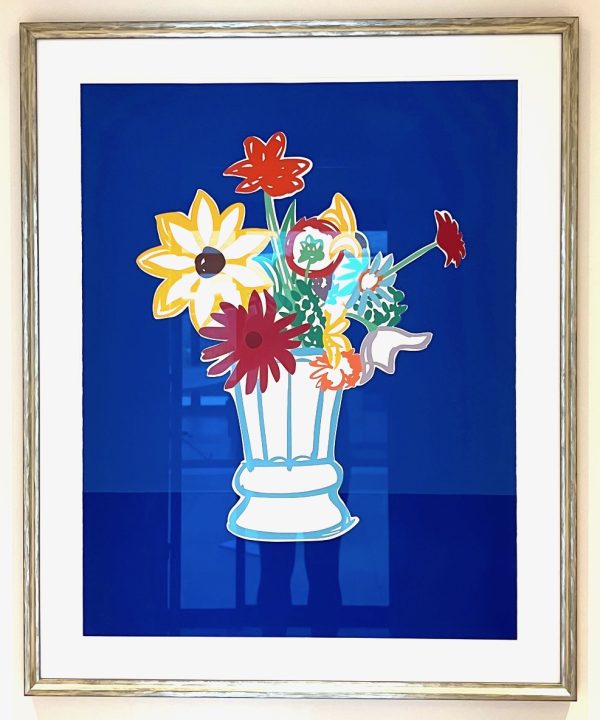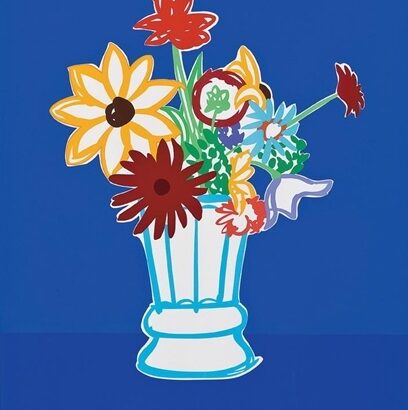Limited edition by Tom Wesselmann, “Country bouquet with blue”, 1991, 97 x 76 cm, Serigraph on hand-made paper
Do you have a question about the product? Would you like to reserve a work of art?
Use the form below to send us your enquiry. We will then get back to you quickly and without obligation.
| Weight | 10 kg |
|---|---|
| Dimensions | 10 × 90 × 120 cm |
| Artist | |
| Colour | |
| Artist Type | Painter |
| Country | |
| Year | |
| Techniques | |
| Framing | |
| Size | |
| Topic | |
| Hand signed | |
| Numbered | |
| Type of work | |
| Material | |
| Style |
Limited edition by Tom Wesselmann, “Country bouquet with blue”, 1991, 97 x 76 cm, Serigraph on hand-made paper
Tom Wesselmann was born on February 23, 1931 in Cincinnati, Ohio. He attended Hiram College in Ohio from 1949 to 1951 before going to the University of Cincinnati. In 1953, his studies were interrupted by two years of compulsory military service, during which he began drawing cartoons. He returned to the university in 1954 and received a bachelor’s degree in psychology in 1956. During this time, he decided to pursue a career in cartooning and enrolled at the Cincinnati Academy of Art. After graduation, he moved to New York City where he was accepted into Cooper Union and pursued fine art; he received his diploma in 1959.
Wesselmann became one of the leading American pop artists of the 1960s, rejecting abstract expressionism in favor of classical depictions of nudes, still lifes and landscapes. He created collages and assemblages from everyday objects and advertising ephemera to make paintings as powerful as he admired abstract expressionism. He is perhaps best known for his Great American Nude series with its voluminous forms and intense colors.
In the seventies, Wesselmann continued to explore the ideas and media that had preoccupied him in the sixties. In particular, his large series Standing Still Life, which consisted of free-standing, shaped canvases, showed small intimate objects on a large scale. In 1980, Wesselmann wrote an autobiography under the pseudonym Slim Stealingworth, documenting the development of his artistic work. He continued to explore molded canvases (first exhibited in the 1960s) and began to create his first works in metal. He initiated the development of a laser cutting application that allowed him to faithfully translate his drawings into cut-out metal. In the 1990s and early 2000s, the artist expanded on these themes and created abstract three-dimensional paintings, which he described as “going back to what I was desperately looking for in 1959”. He had indeed come full circle. In the last years of his life, he returned to the female form in his Sunset Nudes series of oil paintings on canvas, whose bold compositions, abstract images and serene moods are often reminiscent of Henri Matisse’s odalisques.
Wesselmann worked in New York City for more than four decades. He lived in New York with his wife Claire, his daughters Jenny and Kate and his son Lane. He died there on December 17, 2004.
You haven't viewed any artworks yet.


Would you like to stay informed about the latest exhibitions, offers and exclusive content? Then sign up for our newsletter now and receive regular updates straight to your inbox.
Our newsletter offers you:
Join our art community and stay up to date with the latest trends and developments in the art world. Sign up for our newsletter now!

